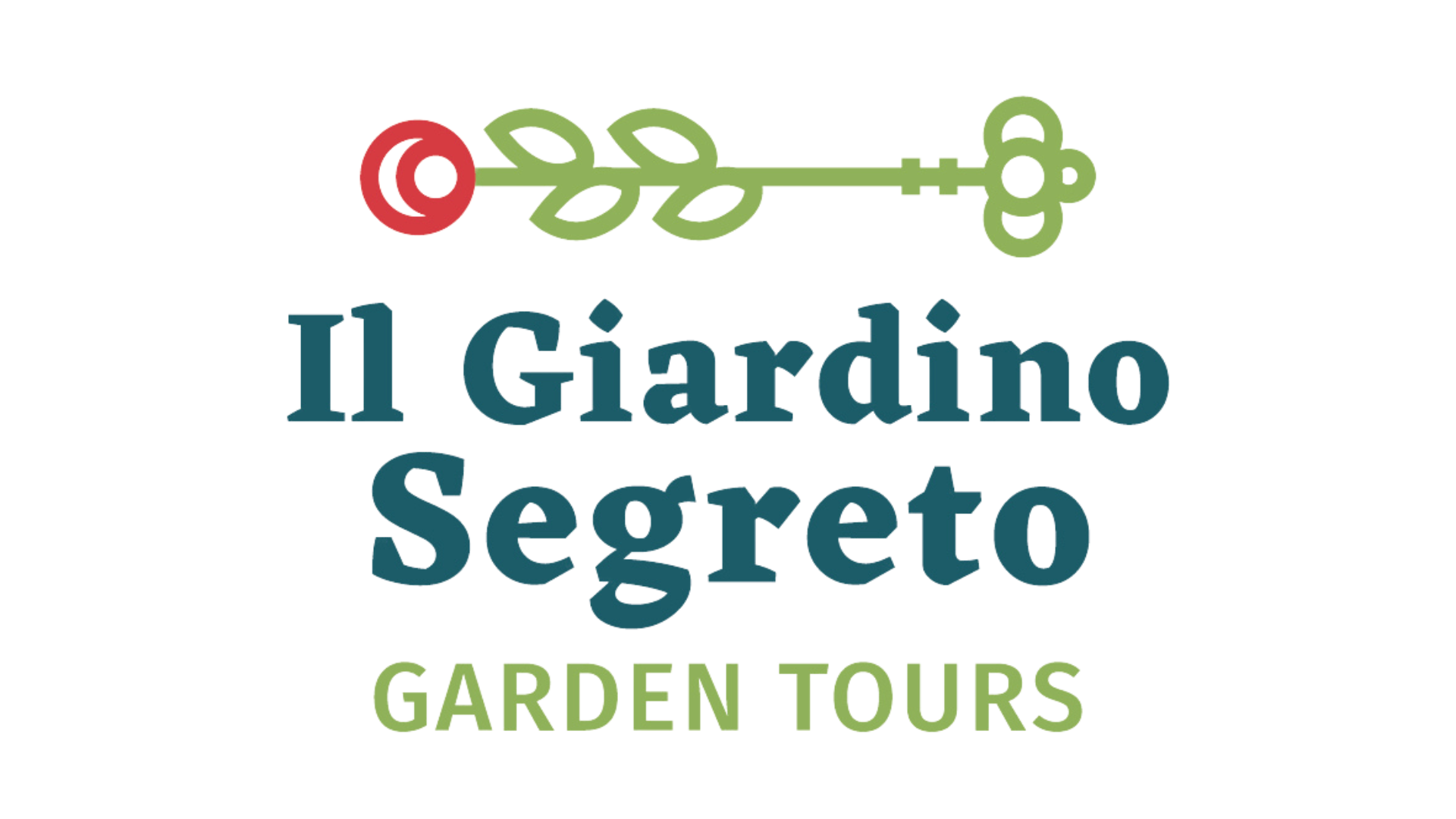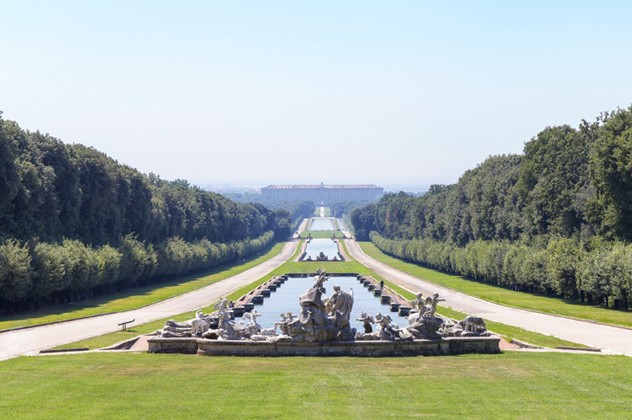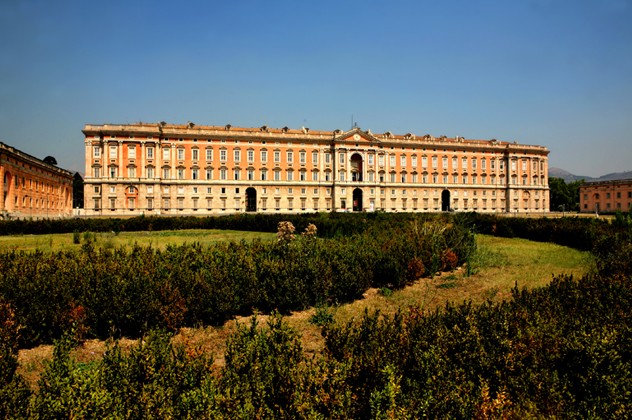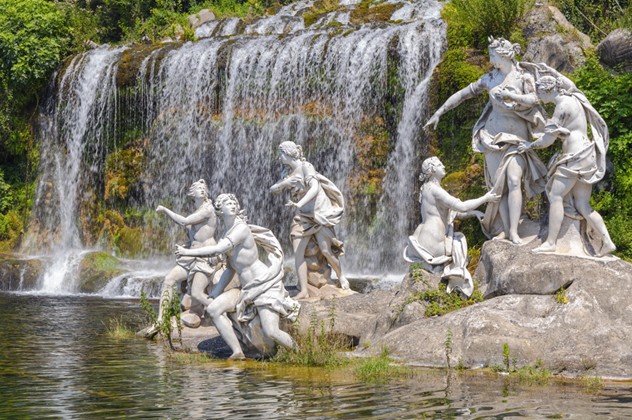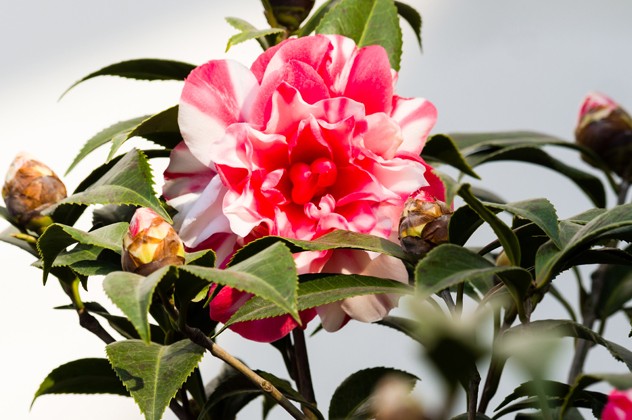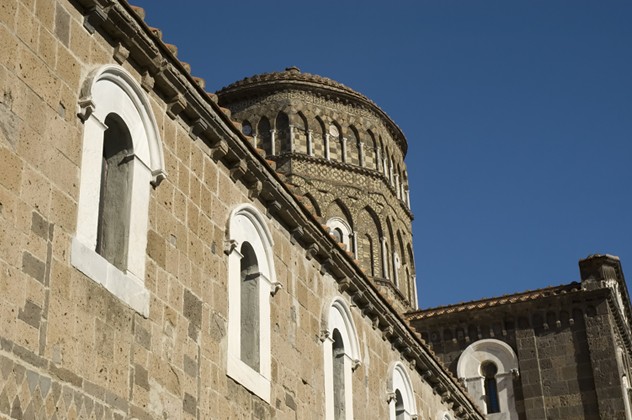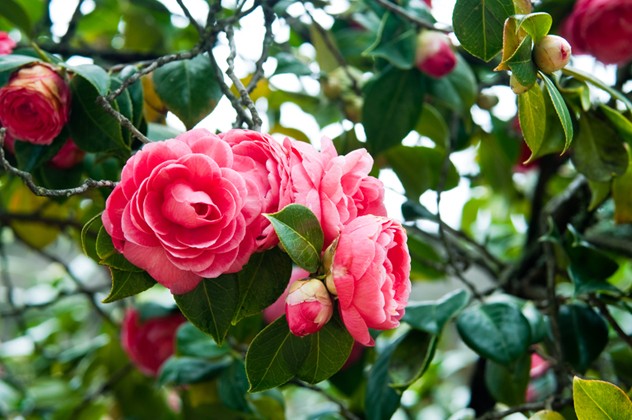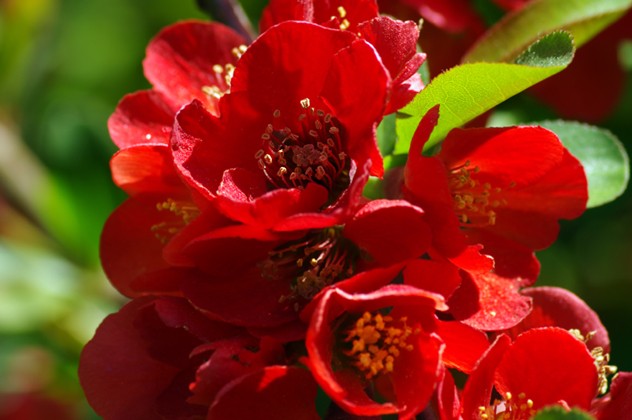

CONDITIONS
TOUR INCLUDES
- Two nights accommodation with breakfast;
- All dinners;
- Entrance fees and guided visits as described;
- Service of local guide and PromoTuscia expert;
- Health insurance;
- PromoTuscia Customer Service.
TOUR DOES NOT INCLUDE
- flights;
- Drinks;
- Tourist Tax at the hotel;
- Porterage in the hotel;
- Tips and personal extras.
HOTEL
ITINERARY
CASERTA AND THE CAMELIAS
Day 1
Departure from Napoli train station, or airport by bus and arrival in Caserta. Transfer to Puccianiello to visit the Santissimo Nome di Maria’ s Church for the Camellias’ festival.
Return to Caserta and check in to a 4-star Hotel. Dinner in Hotel.
Day 2
Breakfast in hotel. Full day excursion to Reggia di Caserta or Royal Palace. It is a historic dwelling belonged to the dynasty of the Bourbons from Napoli. It is UENSCO World Heritage Site. It is surrounded by a huge park divided into two parts: the Italian garden and English garden. The Royal Palace was built at the behest of Carlo III of Bourbon, because he had been stricken by the beauty of this landscape, and keen on giving a magnificent headquarters to the capital’s government Napoli, and his kingdom. He wanted to realized a palace as beautiful as the one in Versailles. At first, it seemed that the Palace was meant to be built in Napoli, but Carlo, aware of the vulnerability of the capital to the attacks from the sea, thought of building it in the hinterland of Caserta‘ s territory, a place far from Napoli. The King asked the architect Luigi Vanvitelli to realized a project which would include not only the Palace but also the park, the arrangement of the urban area beside, and the supply of water from a new aqueduct called Carlino, which could cross the near Complex of Saint Leucio. The Royal Palace had to be the symbol of the new Bourbon state, and be efficient. Vanvitelli went to Caserta in 1751 and straight away began the project with the order to build a palace which could be among the most beautiful in Europe. The 22nd of November of the same year, the architect handed in the project to the King for the approval. Time for Independent lunch. Transfer to Napoli to attend the show of Carmen at San Carlo Theatre. Afterwards dinner in a typical restaurant. Return to the hotel in Caserta.
Day 3
Breakfast in hotel. Visit to Prince Bovino’s dwelling. The Palace of Duke and Duchess Guevara of Bovino, today better known as Villa Porfidiam, (it is named after the actual owners), is the result of varies restoration works, and the best eras represented is the 700’. It was built at the behest of Guevara family. The decree of the 3rd September 1781 issued by Ferdinando IV of Bourbon, allowed a certain quantity of water, free of charge, to irrigate the Duchess Anna Maria Suardo Guevara’s garden, using the water of Carolino’s aqueduct designed by Luigi Vanvitelli in 1752 to supply the waterfalls of the Royal Palace of Caserta. The beautiful garden, covering an area of 1.5 hectares, features hedges-line roads and shaped trees, ( it is the characteristic of the Italian garden), and an ancient Holm oak woods once used for hunting and then in 700’ transformed into an area for having romantic walks. Anna Maria Suardo Guevara, Duchess of Bovino, was related to one of the biggest Bourbon dynasties. During her youth , she was really beautiful, and it is said that even Casavona fell in love with her. Passionate about gardening, she transformed the old rural home of 600’into a castle with a tower, creating the base for a garden. Her passion and her creativity, impressed the Royal family, and with the decree of 1781, they donated to her a personal aqueduct, that from the water falls of the Royal Palace, supplied water to her garden. The elegant park was changed into a fine garden in which the geometric forms mingled with rare trees such as acacia and camphora, in fashion at the time. Besides the Duchess of Bovino, the garden bears the traits of Emma Hamilton, popular for her beauty and lovers. Friend of the Queen, she convinced Maria Carolina to create a modern garden in Caserta, rich in rare species and far from the Renaissance and Baroque formalisms. Time for independent lunch. At the end , departure for Napoli. End of the Tour.
